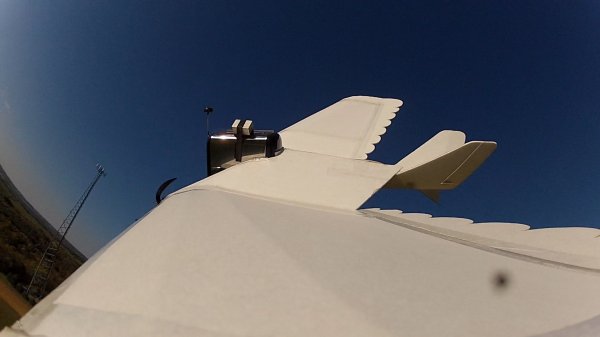[David Windestål] is back in the USA, and this time he’s armed and dangerous! He’s built an incredible RF cannon prop (YouTube link) as part of his drone hunter wardrobe for the Rotor DR1 series. [David] is no stranger to Hackaday. We’ve previously seen him gliding R/C planes from the edge of space and building afterburners as part of the Flite Test crew.
[David’s] drone hunter character is armed with a nasty RF cannon designed to fry drones out of the sky. The hunter can then collect and sell their Arcanum pellet power sources. [David] started with a seriously big Nerf gun. He cut off the front half of the gun and replaced it with a helical antenna. This is the same type of antenna [David] uses in his video ground stations. Coupled with a laser cut wood frame, the coil looks downright dangerous. We’re glad it’s just for show.
[David] added a few more accessories to the gun, including switches, an old heat sink, some wires, and the all-important Arcanum reactor. We seriously love his RF shielded glove, which keeps the hunter’s barrel hand from getting fried. [David] added a layer of copper mesh to a thick chemical resistant glove. He soldered the copper together and added a wire to connect glove and gun. [David] then enlisted the help of DR1 director [Chad Kapper] to paint and weather the gun and shield glove. The results are simply stunning.
We love watching hackers step a bit outside their element and build props like this. They always add a few realistic features that make even the most futuristic sci-fi prop a bit more plausible.
Continue reading “From Nerf Gun To RF Cannon: Building A Movie Prop”















